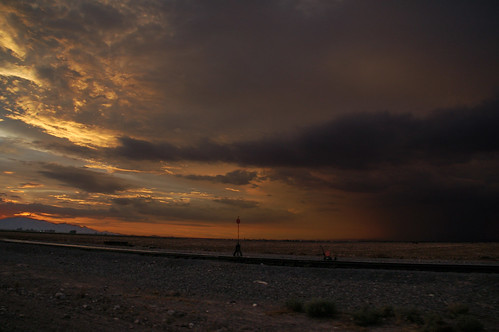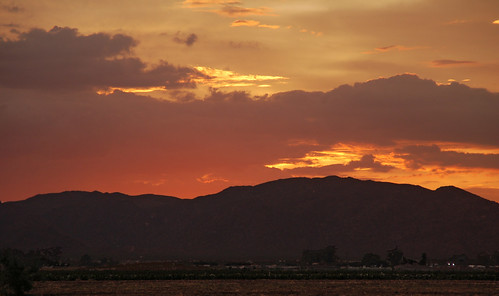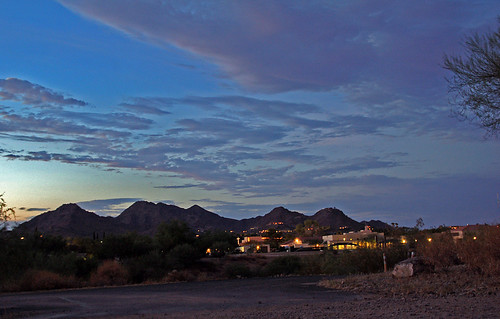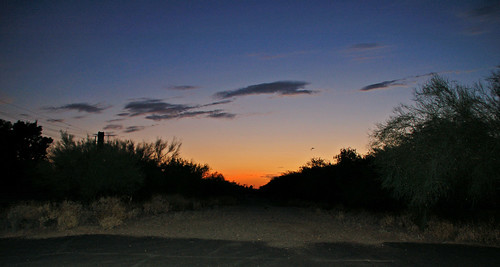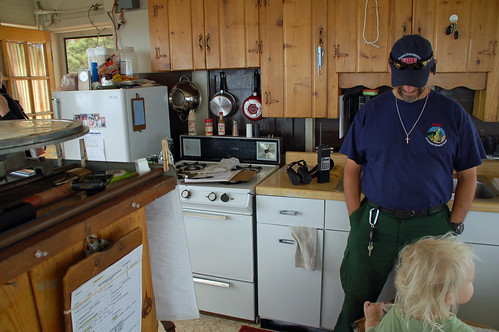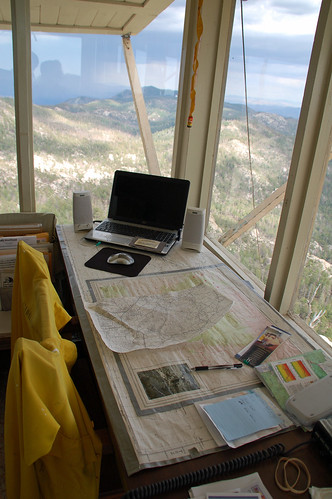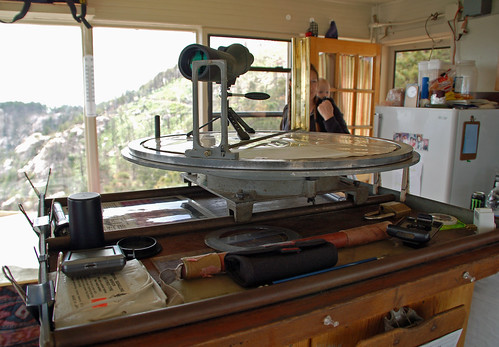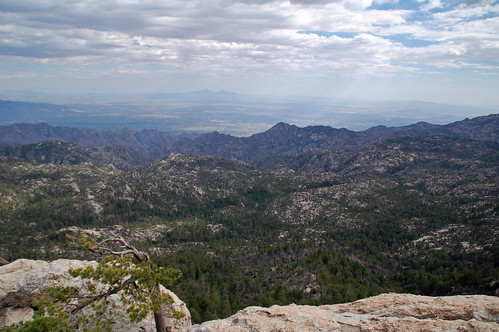Tempe Town Lake is a man-made wide spot in the Salt River. It's contained with a huge inflatable dam - one of the world's largest inflatable dams. Why aren't there more large inflatable dams around you ask? Well, unlike solid dams, they pop or collapse. This is what happened to Tempe Town Lake last night. One section of the inflatable dam collapsed, sending thousands of gallons of water down the bed of the Salt River. I feel bad for the folks that use and enjoy the lake, but these sorts of things happen when a natural environment is overmodified. The entire Phoenix area is an environmental nightmare and the Salt River is just one casualty of overuse. The Salt River is dammed, used for water, electricity, and recreation, but most of the river through the city of Phoenix is dry.
The Salt River isn't the only distressed waterway in the Southwest. The Colorado River doesn't really reach the ocean anymore. What does reach the sea is a shadow of the powerful river that carved the Grand Canyon. Sad as that makes me, I can understand the logic behind using a river for power and water for agriculture. What baffles me is why people in Glendale, Phoenix, Tempe, Chandler et al. feel the need to have lawns of green grass in the summer? As far as I can tell, it's a giant act of collective selfishness and an illogical rejection of what could be a wonderful, unique desert environment. There's nowhere else on earth like the Sonoran Desert, yet these people feel the need to turn it into California or Illinois or Florida.
So I guess what I'm saying is that I'm not all that sorry that Tempe Town Lake fell apart. It almost feels like the desert fighting back and when it comes down to the people of Maricopa County vs the Sonoran Desert, you'll always find me rooting for the desert.


